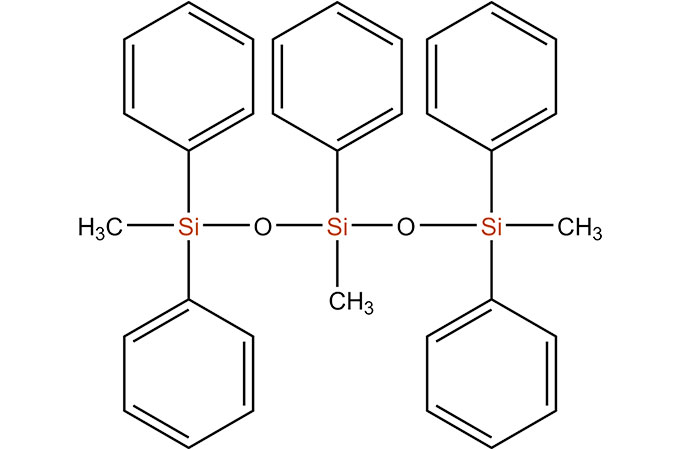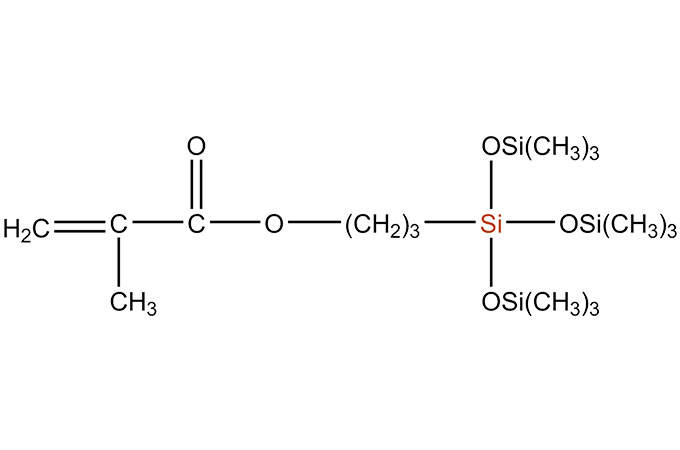Ⅰ. The function of silane coupling agent
1. Cross-linking
Once the silane coupling agent is grafted into the polymer backbone, it can link the polymer molecules together through the formation of siloxane bonds, resulting in a three-dimensional network structure. This "crosslinking" is activated by ambient moisture, and this activation occurs at room temperature. Silanes provide improved thermal stability, creep resistance, hardness and chemical resistance for coatings, adhesives, sealants and composites.
2. Improve adhesion
Silane coupling agents provide adhesives, sealants, and coatings with better substrate adhesion, especially under damp heat conditions. Silanes are commonly used to improve adhesion to glass, minerals, and metals, and also work well on difficult substrates such as polyamides, sheet molding compounds (SMC), acrylics, polyvinyl chloride (PVC), and more.
3. Coupling
Silane coupling agents can couple inorganic pigments and fillers with organic resins. Coupling generally improves the moisture and chemical resistance of coatings, adhesives or composites.
4. Scatter
Silane coupling agents aid in the dispersion of inorganic pigments and fillers in coatings and sealants. Better dispersion generally results in lower viscosity of the finished product, higher retention of pigments and fillers, and improved hiding power of the coating.
Ⅱ. The choice of silane coupling agent
The functions of silane coupling agents vary widely. The basic point of the selected silane coupling agent is that it has reactivity with the resin, so as to realize its value.
Ⅲ. General principles of use of silane coupling agents
It is known that the hydrolysis rate of the silane coupling agent is derived from the silicon energy group Si-X, and the reactivity with the organic polymer is derived from the carbon functional group C-Y. Therefore, for different substrates or processing objects, it is very important to choose a suitable silane coupling agent. The method selected is mainly through experiments, pre-selection and should be carried out on the basis of existing experience or regularity.
For example, in general, unsaturated polyesters mostly use silane coupling agents containing CH2=CMeCOOVi and CH2-CHOCH2O; epoxy resins mostly use silane coupling agents containing CH2CHCH2O and H2N; phenolic resins mostly use H2N and H2NCONH silane coupling agent; vinyl silane is mostly used for polyolefin; hydrocarbon silane is mostly used for rubber vulcanized with sulfur.
Since the bonding strength between various materials is affected by a series of factors, such as wetting, surface energy, interfacial layer and polar adsorption, acid-base interaction, interpenetrating network and covalent bond reaction, etc. Therefore, the pre-selection by test alone is sometimes not precise enough, and the composition of the material and its sensitivity to the reaction of the silane coupling agent should also be comprehensively considered. In order to improve the hydrolytic stability and reduce the modification cost, the silane coupling agent can be mixed with trihydrocarbyl silane for use; for difficult-to-stick materials, the polymer cross-linked by the silane coupling agent can also be shared.
When the silane coupling agent is used as a tackifier, it is mainly achieved by forming chemical bonds and hydrogen bonds with the polymer; wetting and surface energy effects: improving the crystallinity of the polymer, the acid-base reaction, and the formation of the interpenetrating polymer network, etc.
The viscosity increase mainly revolves around three systems:
1. Inorganic materials versus organic materials;
2. Inorganic material to inorganic material;
3. Organic material to organic material.
For the bonding of 1, it is usually required to bond the inorganic material to the polymer, so the reactivity of Y in the silane coupling agent and the functional group contained in the polymer should be given priority: the latter two belong to the bonding between the same type of materials, Therefore, the anti-hydrophilic polymer of the silane coupling agent itself and the silane coupling agent used when the inorganic materials require viscosity increase.
 English
English 日本語
日本語 한국어
한국어 français
français Deutsch
Deutsch Español
Español italiano
italiano русский
русский português
português العربية
العربية tiếng việt
tiếng việt

